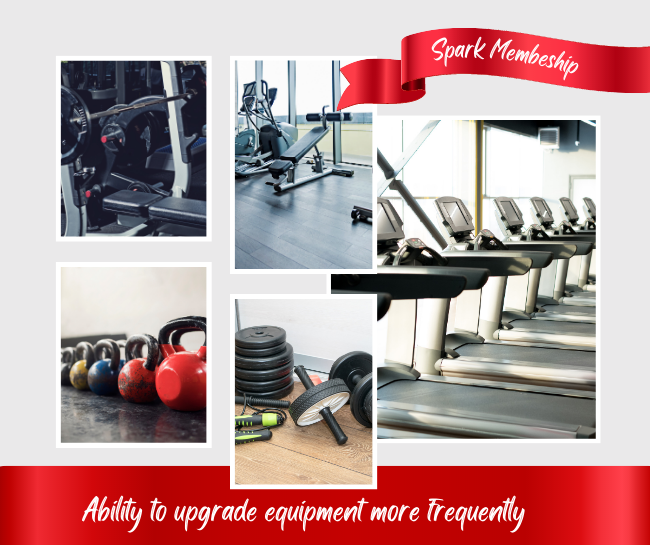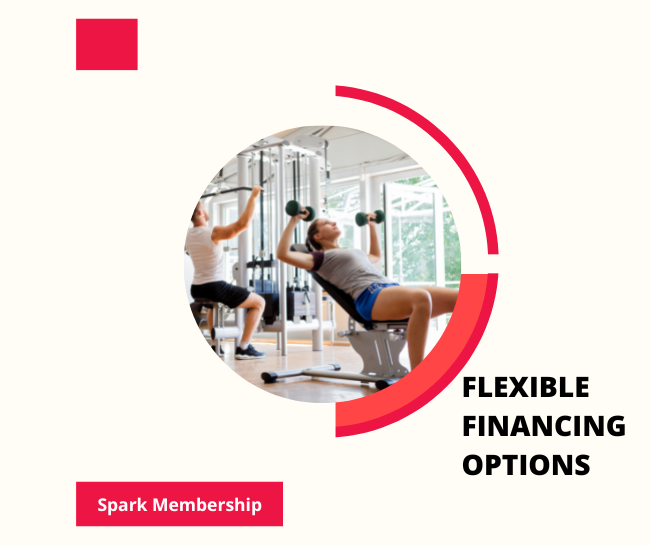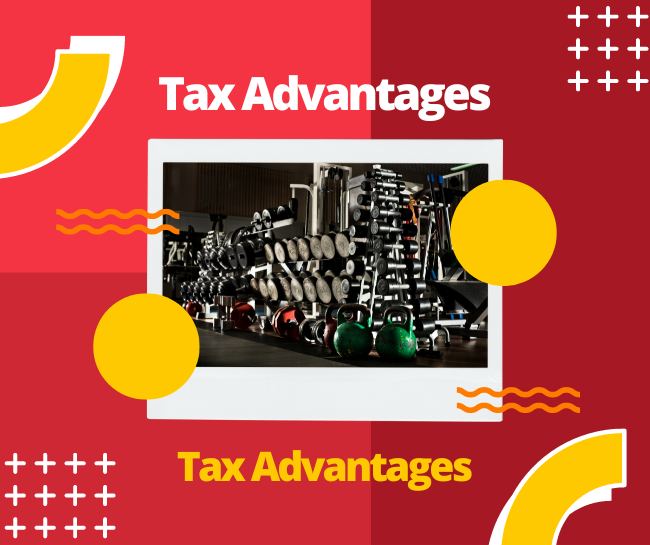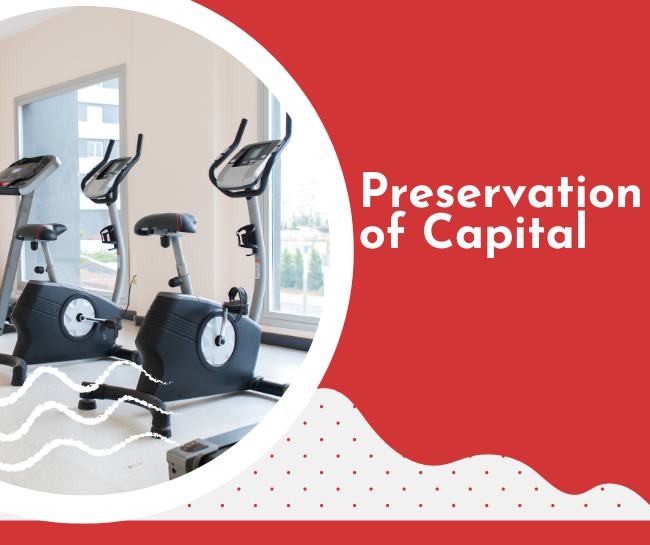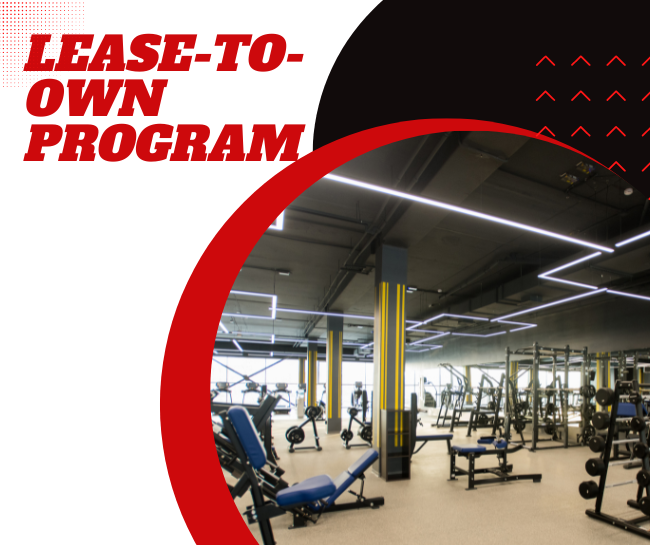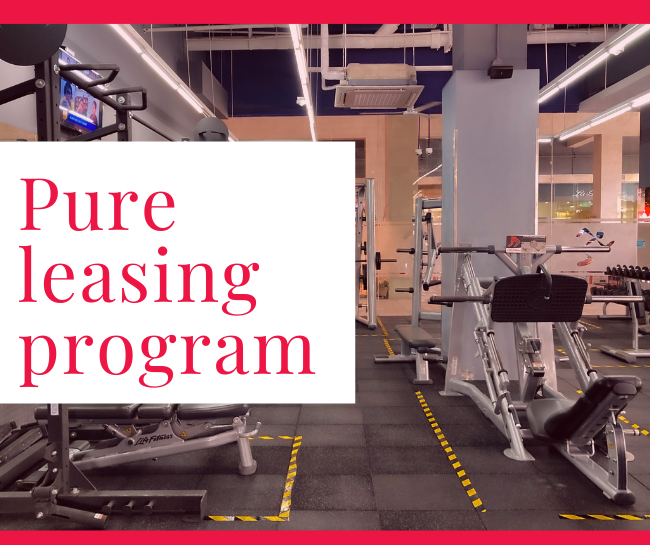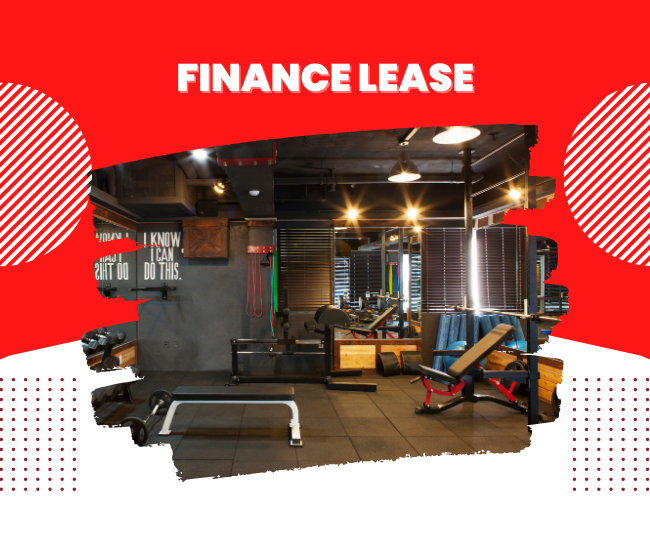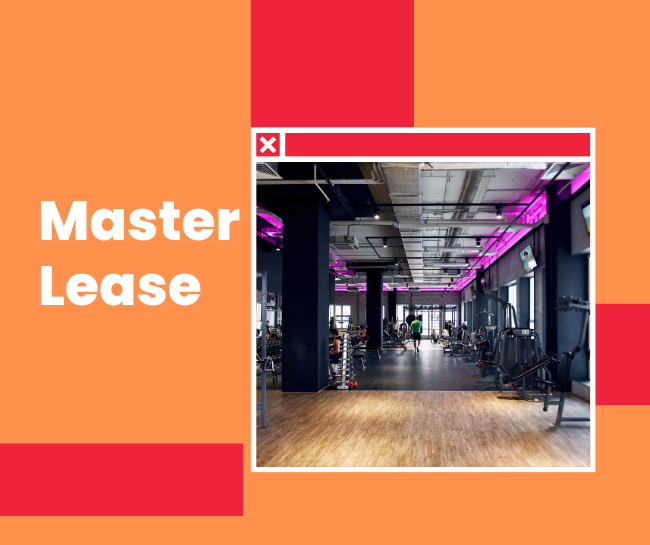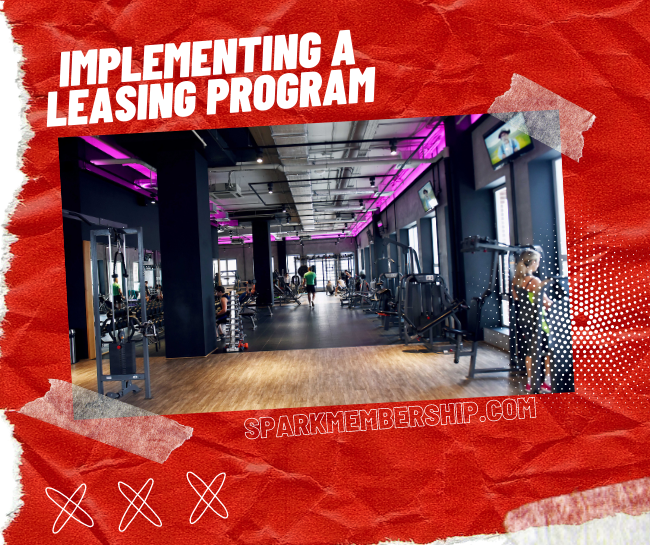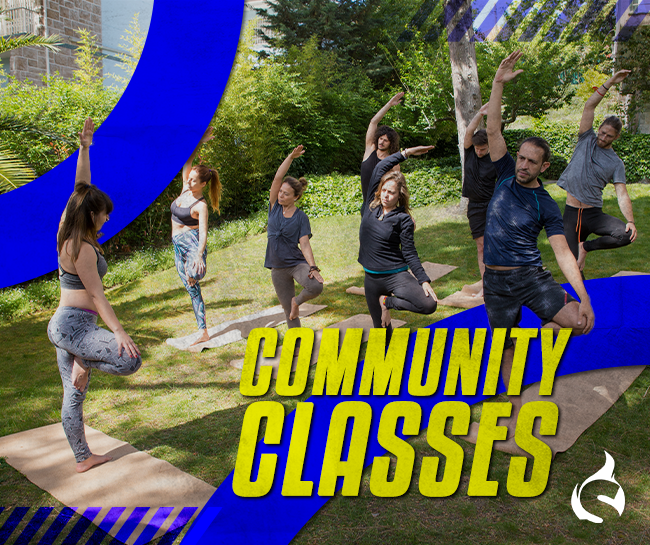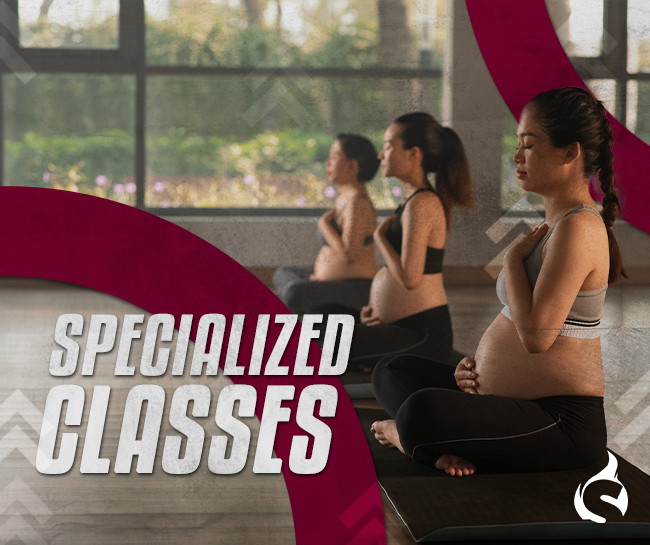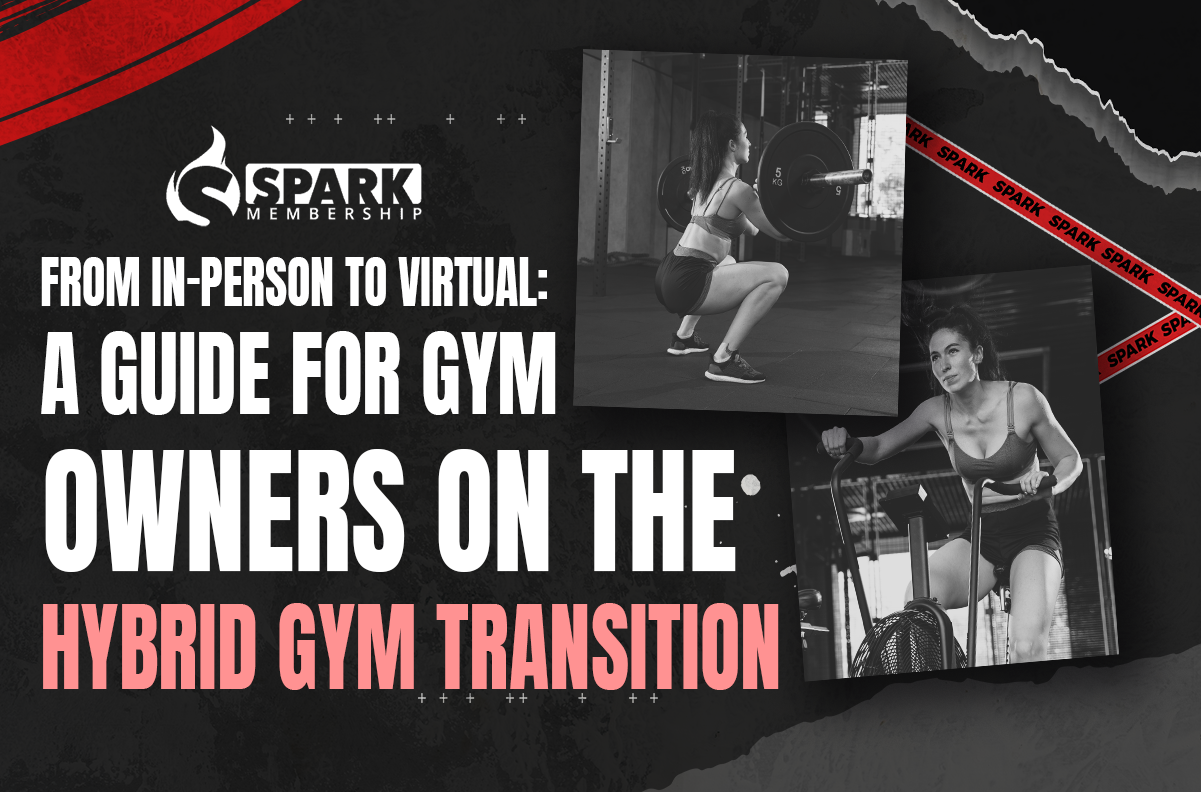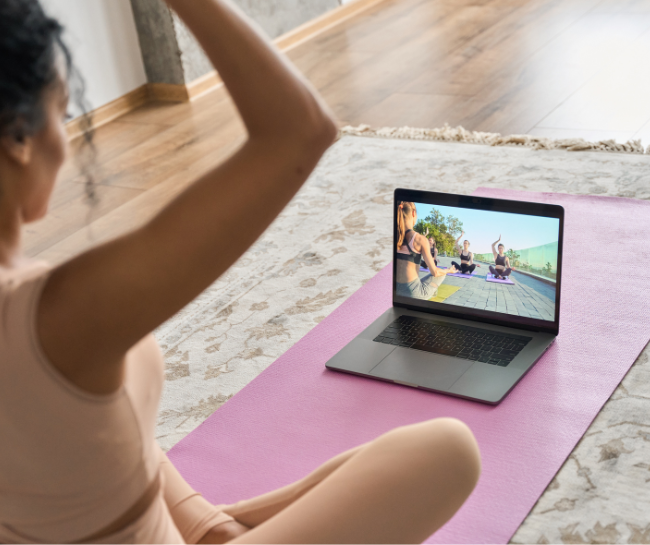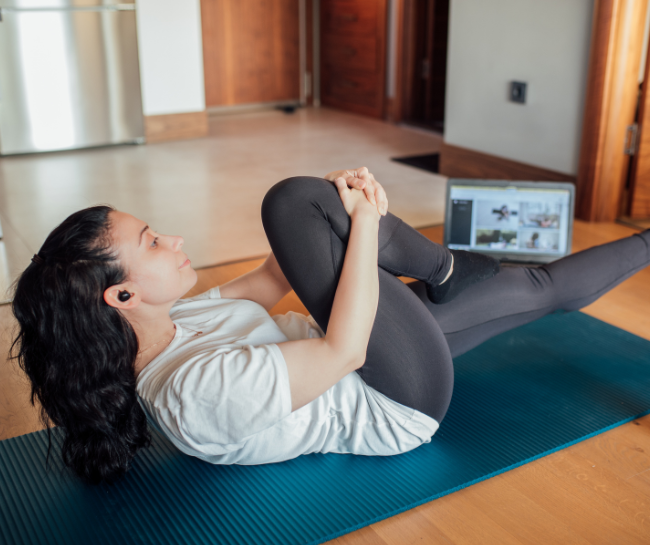
February is a great time to launch a fitness challenge at your gym. Not only is it a month when many people are focused on getting in shape and setting new fitness goals, but it’s also a time when gym attendance can start to drop off after the holiday season. A well-planned February fitness challenge can help to keep your members engaged, motivated, and coming back to the gym. Not only that, it can also attract new members, increase gym attendance and boost revenue.
In this guide, we’ll walk you through the steps of creating and running a successful February fitness challenge. We’ll cover everything from planning and promotion to tracking progress and rewarding participants. By the end of this guide, you’ll have everything you need to create a fitness challenge that will engage and motivate your members, and help to keep your gym thriving.
Creating the Challenge

When it comes to creating a February fitness challenge, the key is to make it fun, challenging and achievable. It’s important to consider the fitness level of your members and create a challenge that is appropriate for them. Here are a few ideas to get you started:
- A 30-day plank challenge, where members start with a 15-second plank and work their way up to a two-minute plank by the end of the month.
- A weightlifting challenge, where members commit to increasing the weight they lift on a specific exercise every week.
- A group fitness challenge, where members commit to attending a certain number of group fitness classes each week.
- A step challenge, where members track the number of steps they take each day and aim to increase their daily step count over the course of the month.
💡Once you’ve decided on the type of challenge, make sure to clearly communicate the rules and expectations to your members. Create a sign-up sheet, and provide a tracking sheet for members to record their progress.
Promotion and Marketing

Promotion and marketing are key to making your February fitness challenge a success. Here are a few ways to get the word out to your members:
- Create a dedicated page on your gym’s website for the challenge. Include all of the details, rules, and sign-up information.
- Use social media to promote the challenge. Share updates, progress reports and success stories.
- Make sure to promote the challenge in-gym. Hang posters and flyers around the gym, and announce the challenge during group fitness classes.
- Encourage members to invite their friends and family to participate in the challenge.
💡 Promotion and marketing are the keys to a thriving gym business.
Tracking Progress and Measuring Success

Tracking progress and measuring success are important in keeping members engaged and motivated throughout the challenge. Here are a few ways to do this:
- Provide members with a tracking sheet to record their progress.
- Encourage members to share their progress on social media and in-gym.
- Share progress updates and success stories on your gym’s website and social media accounts.
- Provide regular check-ins and progress reports to members.
Rewards and Motivation

Rewards and motivation are key to keeping members engaged throughout the challenge. Here are a few ideas for rewards:
- Offer a free personal training session or massage to the member who makes the most progress.
- Provide a discount on a future membership or personal training package to the member who completes the challenge.
- Offer a prize to the member who has the most creative or inspiring progress report.
- Organize a celebratory event or party for members who complete the challenge.
Keeping Members Engaged

Keeping members engaged throughout the challenge is crucial to its success. Here are a few strategies to help keep members on track:
- Encourage members to form accountability groups, where they can support each other and share progress updates.
- Offer additional support and encouragement through personal training sessions or coaching.
- Create a sense of friendly competition by posting leaderboards or holding a final event to showcase members’ progress.
- Encourage members to set new fitness goals for themselves after the challenge is over to maintain momentum.
💡 Engagement is the key to retention. By keeping members engaged and invested in their fitness journey, gym owners can ensure that they continue to see results and stay motivated to reach their goals.
Conclusion
Running a February fitness challenge can be a great way to keep your members engaged and motivated, and to attract new members to your gym. By planning and promoting the challenge effectively, tracking progress, rewarding participants, and keeping members engaged throughout the challenge, you can create a fun and effective fitness event that will benefit your members and your gym. Remember that the most important aspect is to make it fun, challenging and achievable, so your members will feel the sense of accomplishment and the desire to keep going.
Unlock the secrets to attracting new members with Facebook Ads and take your Martial Arts gym to the next level! Our latest guide is packed with actionable tips and proven strategies for driving membership growth. Plus, discover how our Spark Membership Software can streamline your business and make managing your members a breeze. Don’t miss out on this opportunity to boost your gym’s success. Read our guide now and start seeing results






